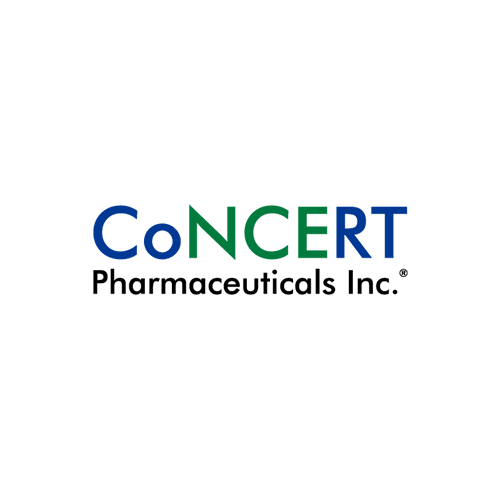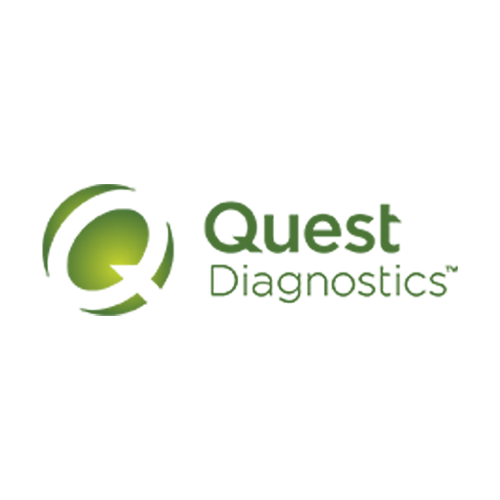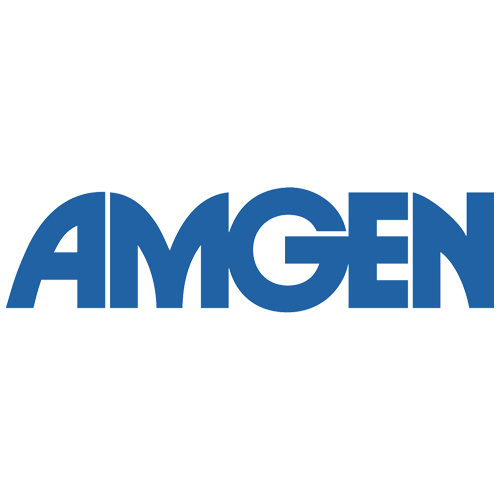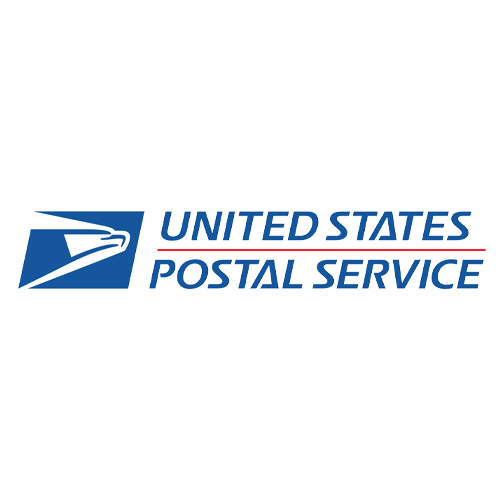Optimal Maintenance Program
OUR CLIENTS

CoNCERT

Harvard University

Pharmasol

Quest Diognostics

Amgen

Abbott

USPS

Test America

Aspenti health

Boston university

Translate bio
Why is Lab Asset Management Important?
Asset management in a modern lab goes beyond scheduling routine maintenance or budgeting for new purchases. It’s about taking advantage of what you can learn from your lab equipment—how different instruments can be used best, how to streamline workflows, and how to ensure you get the maximum return on investments. This diverse knowledge improves a lab manager’s decision making, which ultimately leads to greater success for the business.
Juggling is for Circuses.Are you focusing on too many things and not on your science?
Proper Management of Assets
In the maturity phase, the laboratory has reached a point in its life cycle where it needs to determine if it has the internal resources and expertise to properly manage its assets in a way that allows the lab to properly maintain a level of efficiency and cost-effectiveness.
At this stage, the laboratory has moved from its earlier kinetic stages of growth challenges to managing its complex operations, infrastructure, and science teams while maintaining peak productivity and profitability. As the business has matured, laboratory operations have often developed ingrained ways of dealing with repairs, maintenance, and management of its assets. If done internally, as previously mentioned, the burden usually falls on facilities personnel, lab management, or end users who usually do not have the engineering skills, availability, or expertise to properly maintain the laboratory's assets.
This approach usually results in critically overlooked maintenance activities, inconsistent coordination and monitoring of routine maintenance, qualification schedules, and a lack of focus on the scientific mission of the laboratory. Because of the uncoordinated nature of an unharmonized approach, underutilized assets that can often be redeployed to areas of the lab that could use the additional resources are often not on the radar screen and thus, not considered, resulting in overlapping capabilities and additional costs.
Outsourced Asset Management
Once the laboratory is up and running and there is a general understanding of its routine analysis, volumes and sample workflows, an instrumentation efficiency analysis should be conducted to understand the “operational profile” of the laboratory.
The plan should be comprehensive, harmonized and tailored to the operating profile of the laboratory which provides the blueprint for a comprehensive approach to how a laboratory's assets should be properly managed.
Larger pharmaceutical, biotech and manufacturing companies have understood this dynamic and most outsource the managing of their assets to professional asset managers.
These services need not necessarily be reserved however for larger laboratories, as second and third-tier sized laboratories can also benefit from outsourcing these services to independent service providers, with programs specifically designed for medium and smaller sized laboratories with services and cost scaling, specific to where the laboratory is in its life cycle.
Subscribe To Our Newsletter
We will get back to you as soon as possible.
Please try again later.

